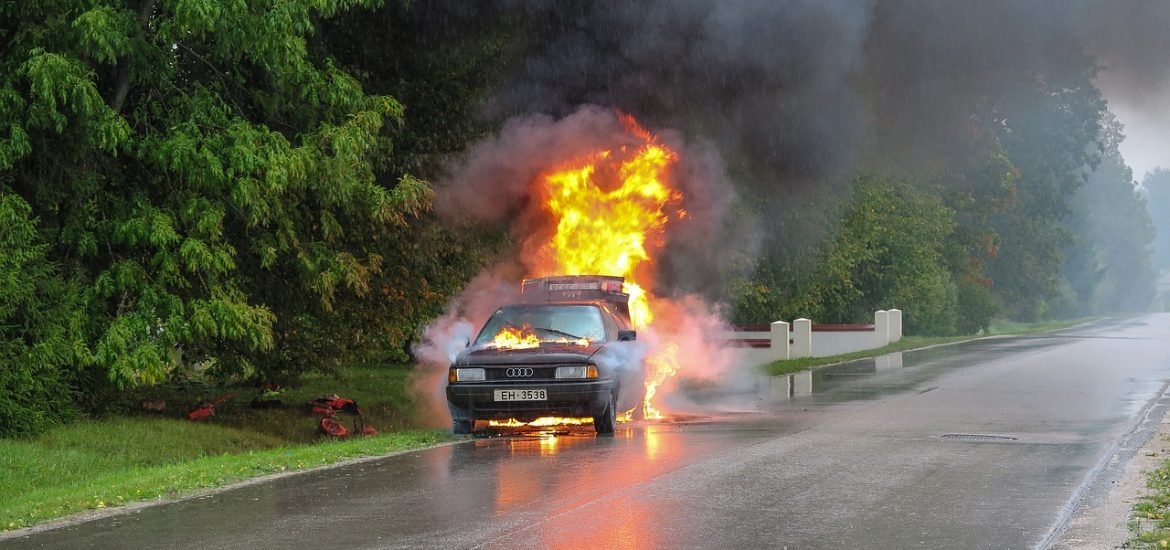
Researchers at the Karolinska Institutet in Sweden identified the mechanism that makes people decide to intervene and help others in danger. It turns out, the system that protects us from danger is also activated when we see somebody who needs help, according to a study published in the journal eLife.
For a long time, researchers believed that we needed to suppress the mechanism of fear in the brain in order to help someone, but it turns out it’s the same mechanism. “Our findings indicate that the brain’s defence system plays a greater role in helping behaviour than was previously thought. These results contradict the conventional wisdom that we need to suppress our own fear system in order to help others who are in danger”, said Andreas Olsson, professor at the Department of Clinical Neuroscience, Karolinska Institutet.
Our ability to empathize with others in distress is considered the driving force behind helping. For most situations, this is an easy decision. But if we see someone in danger, we have to consider the risk to ourselves as well. For example, rushing into a burning building to get someone out or rescue someone who fell on a train track.
Very little is known about how the brain processes this information and what makes some people help others, even if it’s dangerous for them. The team from Karolinska Institutet decided to investigate in more detail.
The team included 49 healthy participants who were asked if they wanted to help another person unknown to them avoid a mild electric shock. However, if they decided to help, there was a chance that they could get the shock themselves. They knew when the electric shock would be delivered, allowing the researchers to assess their reaction. In addition, the participants could see the person they were helping on a screen, and their brains were imaged with an fMRI scanner.
With the results from imaging, the team unveiled that the mechanism that leads to helping others is the same that protects us from danger. “The results show that the systems in the brain that make it possible for people to avoid danger are also involved in this type of selfless, helping behaviour towards other, unknown individuals. For example, we see that an evolutionarily ancient region of the brain, the amygdala, which is known to be responsible for basic defence behaviours, is associated with the willingness to help others”, said Joana Vieira, a researcher affiliated with the Department of Clinical Neuroscience at Karolinska Institutet and the first author of the study.
Results showed that the amount of activity in the amygdala and the insula region in the brain — which represents the threat to the participant in the study, not the person in distress — can predict whether the person would help. Other parts of the brain linked to cognitive functions were not involved in the decision to help when a threat was imminent.
“Now we are trying to understand how these helping behaviours are affected when other people are present and how the bystanders learn from the situation. We are interested in understanding how fears and the perception of behaviours as moral or immoral are conveyed between people through learning processes”, concluded Andreas Olsson.
Joana B. Vieira and Andreas Olsson (2022). “Neural defensive circuits underlie helping under threat in humans”. eLife, 10.7554/eLife.78162.